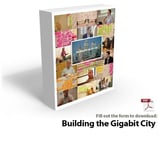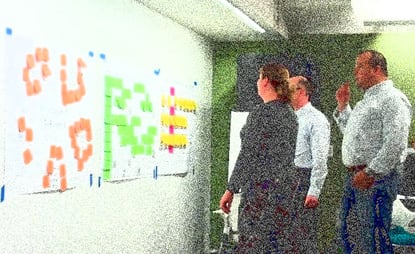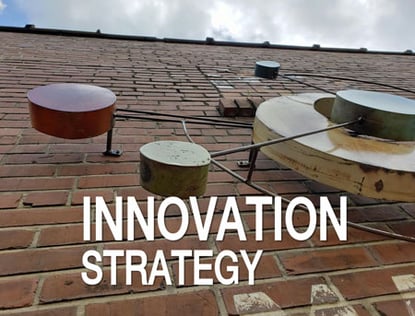 Even the popular press has been reporting on the major changes in the English translation of the Roman Catholic mass implemented this weekend. The current Catholic mass translation has largely been in place for more than 40 years since the change from the Latin mass in the 1960s. From a change management perspective, this major change by the Catholic Church provides a relatively rare opportunity to witness significant change management lessons:
Even the popular press has been reporting on the major changes in the English translation of the Roman Catholic mass implemented this weekend. The current Catholic mass translation has largely been in place for more than 40 years since the change from the Latin mass in the 1960s. From a change management perspective, this major change by the Catholic Church provides a relatively rare opportunity to witness significant change management lessons:
- How a long-standing, deliberate organization steeped in tradition implements major changes
- The ways in which a couple of critical audiences (the clergy and members of the Catholic Church) handle major changes
- Real-time lessons in what major change does to learning and performance
Having personally experienced the change management process for the translation of the Roman Catholic mass and thinking about change management recently on how Google Fiber will impact Kansas City's digital divide, I couldn't pass up the opportunity to share change management lessons from this process:
1. Pick a firm date and give people time to get ready
Allow everyone who has to prepare ample time to get ready. The November 27, 2011 implementation date (the start of the new Church year) was identified and communicated by US bishops in the summer of 2010.
2. Dispatch experts to explain major changes in person
People want and need to hear about major changes personally, if possible. Throughout the US, liturgists and other Catholic Church officials were dispatched to churches to explain the changes and what they'd mean for people. In our local churches, there were several different instructional sessions since last summer.
3. Communicate major changes in multiple ways, multiple times
Direct communication is great, but hardly sufficient. We also received various overviews in writing and during homilies at mass explaining the nature of the translation and the changes.
4. Provide aids to help people be successful in implementing major changes
Despite everything you do to get people ready, they'll have to experience the major change for some time to really perform as previously. They'll need more help than normal after a major change to perform successfully. Catholic churches seem to have all been outfitted with cards that have all the changes people need to know and say on the cards.
5. Make strategic accommodations to pave the way for change
Although you may be trying to point everything to a specific launch date for the major change, you should flex where it makes sense. Even though the implementation date was this weekend, it's been permissible to use songs with new translations for some time so people could start learning them beforehand.
6. There will be mistakes - provide an opportunity for do-overs
Things aren't going to be perfect after major changes so build that into your implementation plan. At the first mass I attended, our priest made more mistakes than the congregation did (since priests have many more wording changes than the congregation does). No matter whether it was him or us messing up, he had do-overs so we could all learn from the mistakes and practice it the right way, right away.
7. Things will go slower after the change, but having to pay attention again is a good thing
When you say (and do) the same things every time you do them, you wind up on autopilot. Autopilot mode saves time, but also leads to zoning out and not thinking about what you're doing. As of right now, everybody at a Catholic mass is going to have to slow down and pay attention, which is a positive.
8. If you're introducing a trial version of the major change and expect future changes, act quickly
If you're going to put a temporary fix in place, make sure it's really temporary and not semi-permanent. This Catholic Church missed the mark on this count. A commentator on radio Sunday morning said the translation being replaced after 40 years of use was put together in 9 months and was only expected to be used 5 or 10 years. The new translation has taken 9 years to complete. Clearly some organizations are faster than others!
Thanks for indulging me in sharing these change management lessons I'm personally seeing play out. What have been your lessons learned from major changes where you've been a participant? - Mike Brown
 How can ultra high-speed internet speeds drive innovation? “Building the Gigabit City: Brainzooming a Google Fiber Roadmap,” a free 120-page report, shares 60 business opportunities for driving innovation and hundreds of ideas for education, healthcare, jobs, community activities, and more. Download this exclusive Google Fiber report sponsored by Social Media Club of Kansas City and The Brainzooming Group addressing how ultra high-speed internet can spur economic development, growth, and improved lifestyles globally.
How can ultra high-speed internet speeds drive innovation? “Building the Gigabit City: Brainzooming a Google Fiber Roadmap,” a free 120-page report, shares 60 business opportunities for driving innovation and hundreds of ideas for education, healthcare, jobs, community activities, and more. Download this exclusive Google Fiber report sponsored by Social Media Club of Kansas City and The Brainzooming Group addressing how ultra high-speed internet can spur economic development, growth, and improved lifestyles globally.



